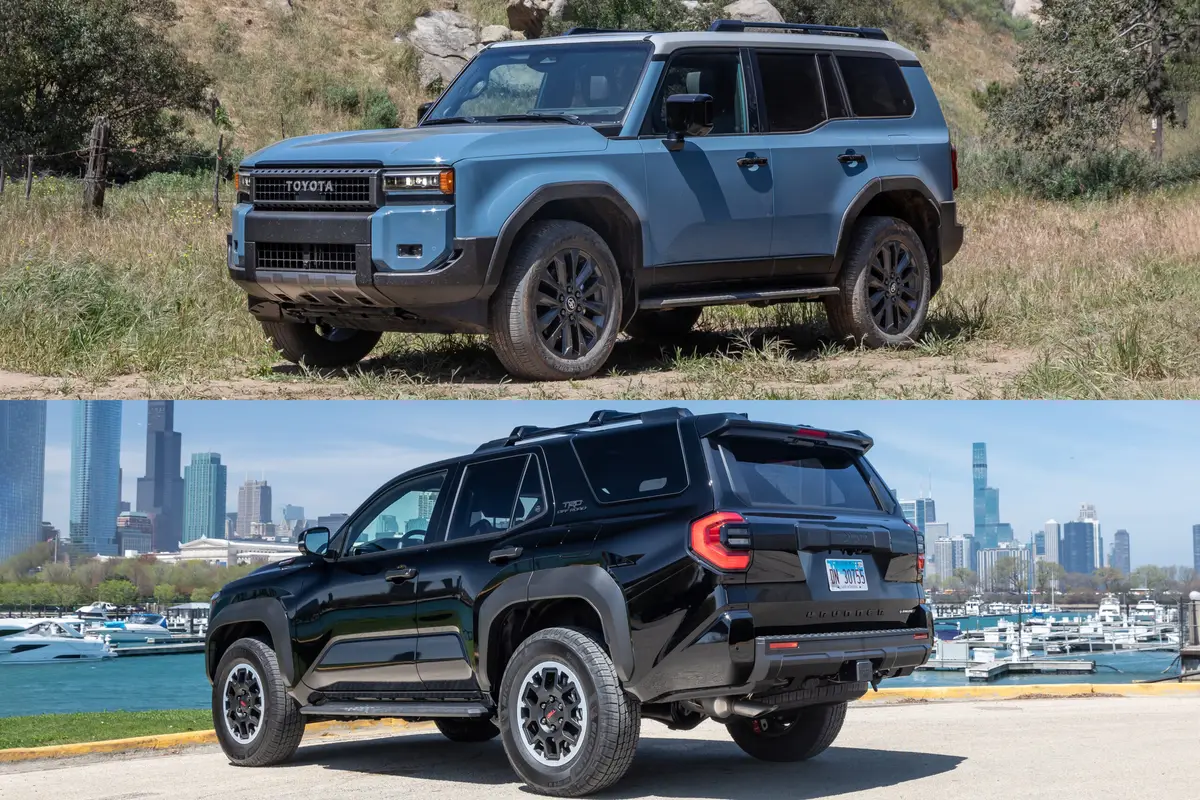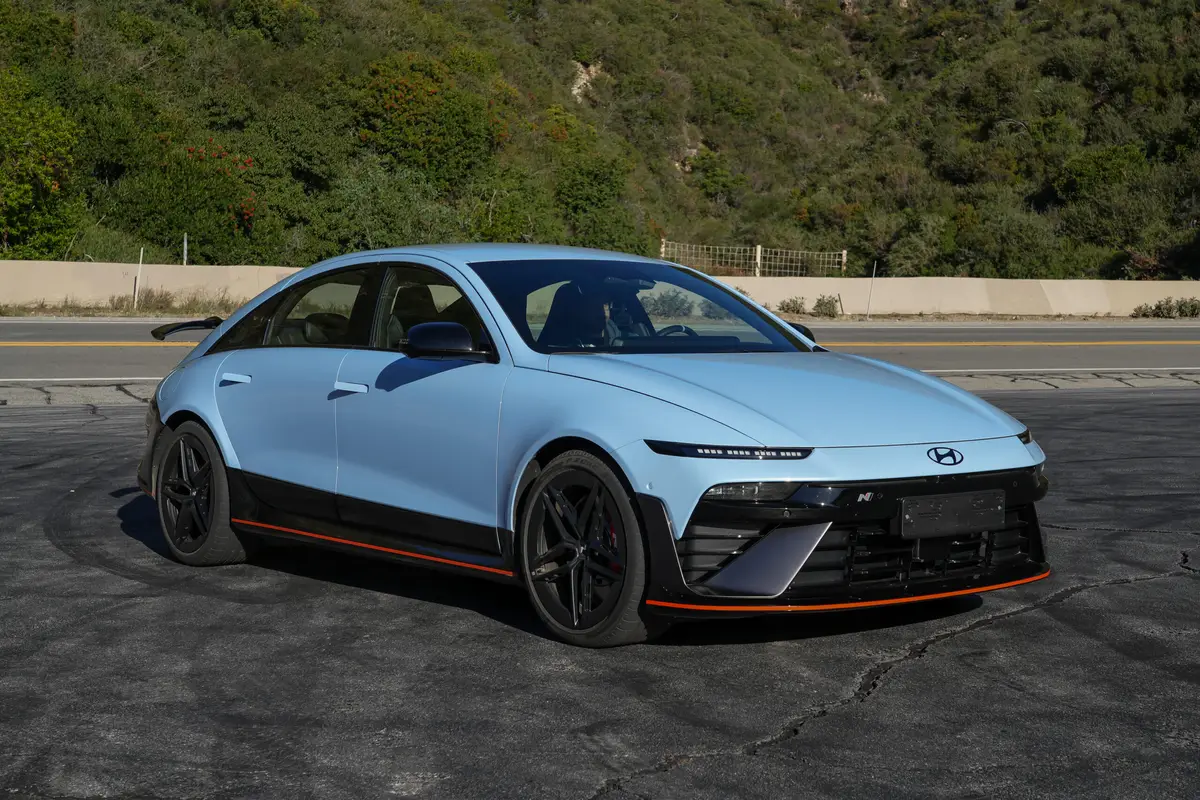EPA’s New Vehicle Emissions Proposal: 5 Things Consumers Should Know

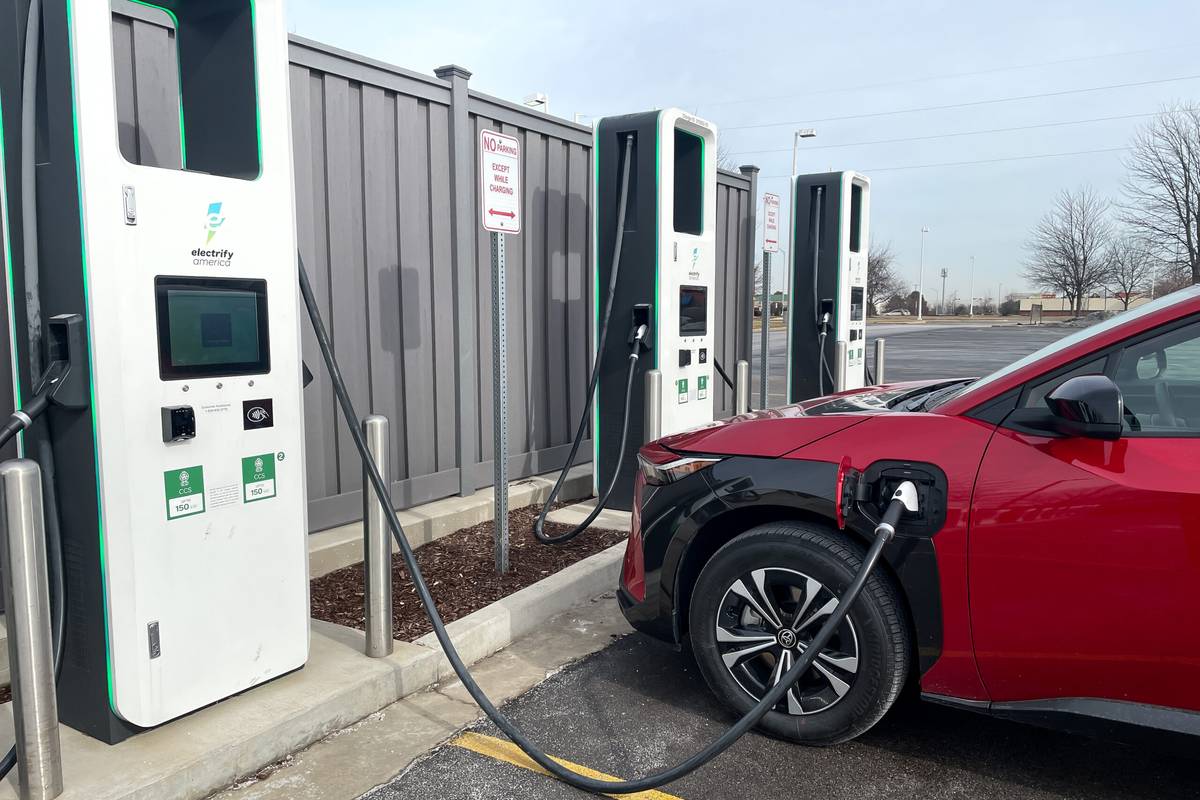
President Joe Biden’s administration has announced a proposal for tougher vehicle emissions standards to be phased in for model-year 2027-32 vehicles. Released by the EPA on Wednesday, the proposal covers light- and medium-duty vehicles as well as heavy-duty commercial trucks. The EPA claims the more stringent standards would cut down on pollutants, greenhouse gasses, consumer costs and the country’s dependence on foreign oil. If the proposal is approved, it will have an immediate impact on automakers as they aim to comply with the new regulations, but consumers will also see a shift in the market as a result.
Related: What Does the EV Tax Credit Overhaul Mean for Car Shoppers?
According to the agency’s press release, the proposal would avoid nearly 10 billion tons of carbon dioxide emissions by 2055. That reduction would come as a result of automakers’ investments in cleaner technology for gas-powered vehicles and accelerated electrification. To achieve this goal, the agency outlines an aggressive 13% year-over-year average CO2 reduction for combined fleets — in comparison, the current requirements range between 5%-10%.
“By proposing the most ambitious pollution standards ever for cars and trucks, we are delivering on the Biden-Harris Administration’s promise to protect people and the planet, securing critical reductions in dangerous air and climate pollution and ensuring significant economic benefits like lower fuel and maintenance costs for families,” said EPA Administrator Michael S. Regan in a statement.
It’s worth noting that the proposal has a long road ahead before it’s approved and will likely encounter objections and revisions. Here are the top five things consumers should know:
1. It Could Bring an Influx of New EVs
The EPA states that the proposal would accelerate the transition to battery-powered vehicles; although it wouldn’t directly dictate the number of electric vehicles that automakers must sell per year, the tightened pollution standards would force them to shift the focus to battery-powered cars. The agency estimates that EVs would account for 67% of light-duty sales and 46% of medium-duty sales by model-year 2032. These ambitious targets surpass Biden’s previous goal of 50% EV sales by 2030.
While interest in EVs is growing as new models are introduced, the market share for EV sales in the U.S. is currently in the single digits. Should the EPA proposal pass, consumers would likely see an increase in new electrified vehicles along with more availability. There are currently over 40 EV models on the market and more on the way.
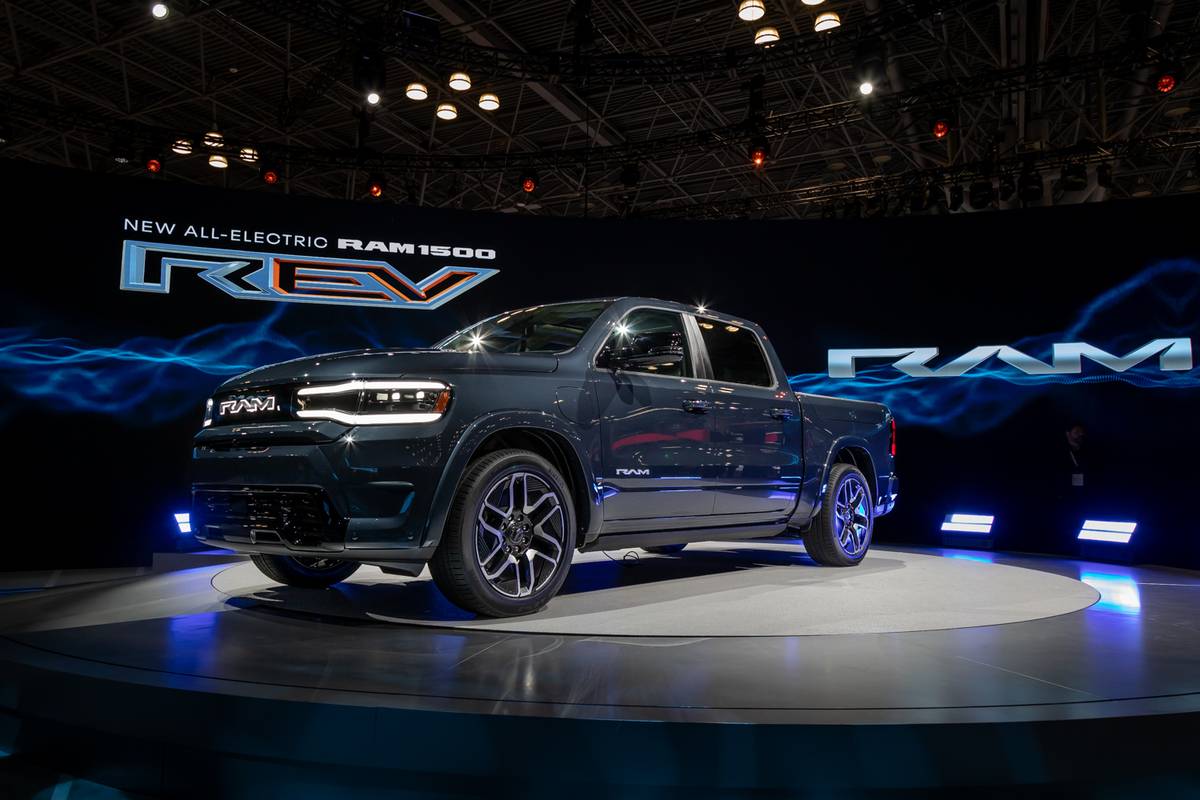
According to Sam Fiorani, vice president of global vehicle forecasting at AutoForecast Solutions, the proposed rules would boost EV adoption, but not to the levels projected by the EPA:
“Many more vehicles will be electrified, whether that’s fully battery electric or variations of hybridization, to help attain the new regulations,” wrote Fiorani in an email to Cars.com. “By 2032, there will be a huge increase in the number of electric vehicles rolling out of dealerships, but they will make up less than two-thirds of all light vehicle sales. It will take even tighter emissions to get to that level in just a decade. The share of fully electric vehicles sold in the United States in 2032 will be closer to 45% than 67%.”
2. It Doesn’t Ban Gas-Powered Cars
The new proposal doesn’t ban automakers from producing gas-powered vehicles — at least not outright. Unlike California’s ban on the sale of gas-powered vehicles, the EPA’s measure enacts more stringent criteria for CO2 emissions that will force automakers to invest more in EVs while developing cleaner technology for gas-powered cars. It also suggests sunsetting initiatives like the off-cycle credits program that allows automakers to claim emissions credits for technologies like start-stop engines and high-efficiency lightbulbs, Automotive News reports.
“EPA’s proposal considers a broad suite of available emission control technologies, and the standards are designed to allow manufacturers to meet the performance-based standards however works best for their vehicle fleets,” states the press release. “EPA projects that for the industry as a whole, the standards are expected to drive widespread use of filters to reduce gasoline particulate matter emissions and spur greater deployment of CO2-reducing technologies for gasoline-powered vehicles.”
Fiorani doesn’t believe the proposal will eradicate gas-powered vehicles in the near future: “A larger share of battery electric vehicles will definitely offset the emissions, but cleaner internal combustion engines and hybridization will also be part of the plan,” he notes. “Engineering investment has already shifted toward electrification and away from all-new [internal combustion engine] development, however traditional powerplants will not disappear for decades, especially where towing or hauling places a greater burden on batteries.”
3. It Promises Cost Savings
According to the EPA, the proposed standards would save the average consumer $12,000 over the lifetime of a light-duty vehicle when compared to a vehicle not subject to the new standards. While it doesn’t provide a specific breakdown, the EPA attributes that amount to fuel and maintenance cost savings when compared to a less efficient option.
Despite the potential for lower fuel and maintenance costs, affordability is a major hurdle to EV adoption today, according to a recent Cars.com survey: 64% of in-market car shoppers said that the potential for cost savings is driving their preference for an EV, but 61% also cited the cost of EVs as a barrier to purchase. The average starting price for new EVs currently hovers around $65,000, while the average for new gas- and battery-powered vehicles is roughly $46,000.
While the federal tax credits help make EVs more affordable, they haven’t eliminated the sticker shock. The proposed rules may encourage automakers to introduce more affordable EVs to meet the demand for budget-friendly options.
4. EV Batteries Could Improve
Along with affordability, concerns about an EV battery’s range, deterioration rate and charging hinder EV adoption. The EPA proposal includes new battery durability and warranty requirements for light- and medium-duty EVs. The requirements include additional testing of EV and plug-in hybrid batteries over the course of their useful life to ensure they are meeting the standards. They would also force automakers to implement an onboard battery state-of-health monitor visible to the vehicle owner and demonstrate its accuracy through charge-depletion tests. Additionally, EVs would need to meet a minimum battery performance requirement; for example, light-duty vehicles will need to retain no less than 80% of their original useful battery energy at five years or 62,000 miles, and no less than 70% at eight years or 100,000 miles.
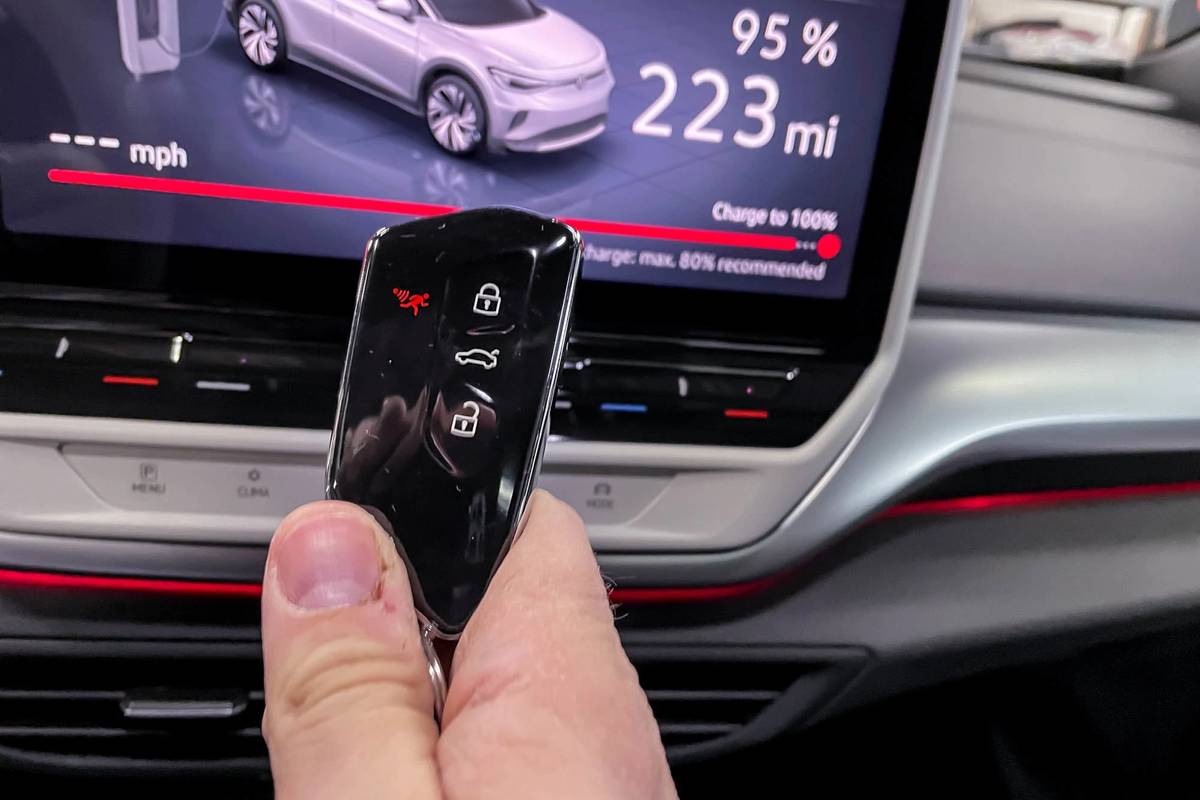
For the warranty requirements, the new guidelines wouldn’t change the current EV battery coverage of eight years or 100,000 miles, but they would include more electric powertrain components for both EVs and PHEVs.
5. It Will See Roadblocks
The EPA’s proposal has garnered mixed reactions. John Bozzella, president and CEO of automotive lobbying group Alliance for Automotive Innovation, questioned its feasibility and timeline in a blog post: “Yes, America’s transition to an electric and low-carbon transportation future is well underway,” wrote Bozzella. “EV and battery manufacturing is ramping up across the country because automakers have self-financed billions to expand vehicle electrification. It’s also true that EPA’s proposed emissions plan is aggressive by any measure. By that I mean it sets automotive electrification goals in the next few years that are …very high.”
Bozzella also notes that many factors outside of the vehicle itself — including charging infrastructure, supply chains and grid resiliency — will determine if the plan is achievable.
A recent poll conducted by the Energy Policy Institute at the University of Chicago and the Associated Press-NORC Center for Public Affairs Research confirms Bozzella’s skepticism: Nearly half of respondents said it’s unlikely they would buy an EV, while only 19% were “very likely” or “extremely likely” to go electric. The high costs of EV and “too few charging stations” were cited as the top concerns.
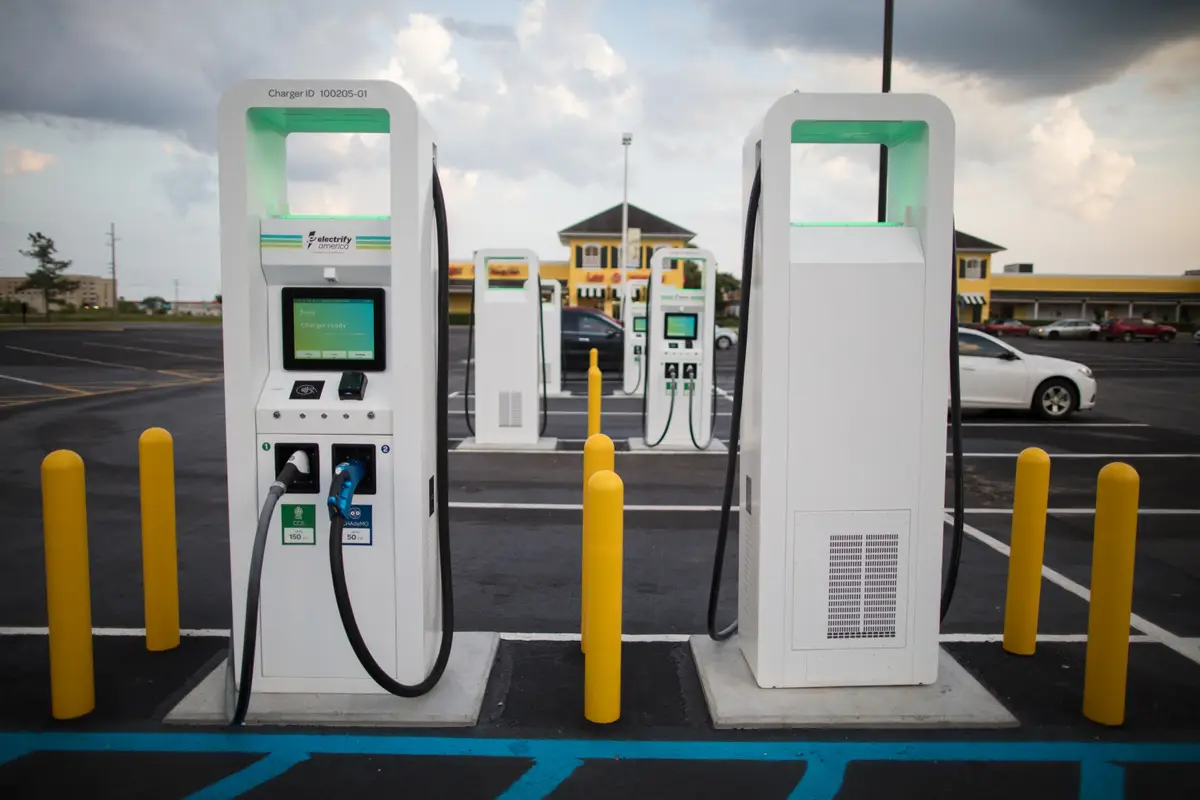
Fiorani believes that automakers will find ways to innovate and meet the EPA requirements in order to stay competitive, but consumers may not be ready for the aggressive acceleration of EVs outlined in EPA’s proposal:
“Today’s vehicles produce about 1% of the emissions that their predecessors did a half-century ago,” he writes. “Engineers are very good at finding new ways to conquer problems and they will tackle the latest emissions regulations just as they have in the past. Additionally, more buyers will need to change their thinking about their vehicle. Today, most people drive their car or truck until the gas light comes on, and that’s when they look for a place to refuel. With battery electric vehicles, drivers will typically use their car or truck all day and plug in when they get home … This shift in attitude will not come easily.”
The EPA’s proposal is expected to be finalized in spring 2024, and the agency is currently soliciting public comments — the first public hearing is scheduled for May.
More From Cars.com:
- What’s New With Electric Vehicles for 2023?
- Which Electric Cars Are Still Eligible for the $7,500 Federal Tax Credit?
- How Long Do Electric Car Batteries Last?
- What to Know Before Purchasing an Electric Vehicle: A Buying Guide
- More Electric Car News and Reviews
Related Video:
Cars.com’s Editorial department is your source for automotive news and reviews. In line with Cars.com’s long-standing ethics policy, editors and reviewers don’t accept gifts or free trips from automakers. The Editorial department is independent of Cars.com’s advertising, sales and sponsored content departments.

Former News Editor Jane Ulitskaya joined the Cars.com team in 2021, and her areas of focus included researching and reporting on vehicle pricing, inventory and auto finance trends.
Featured stories
